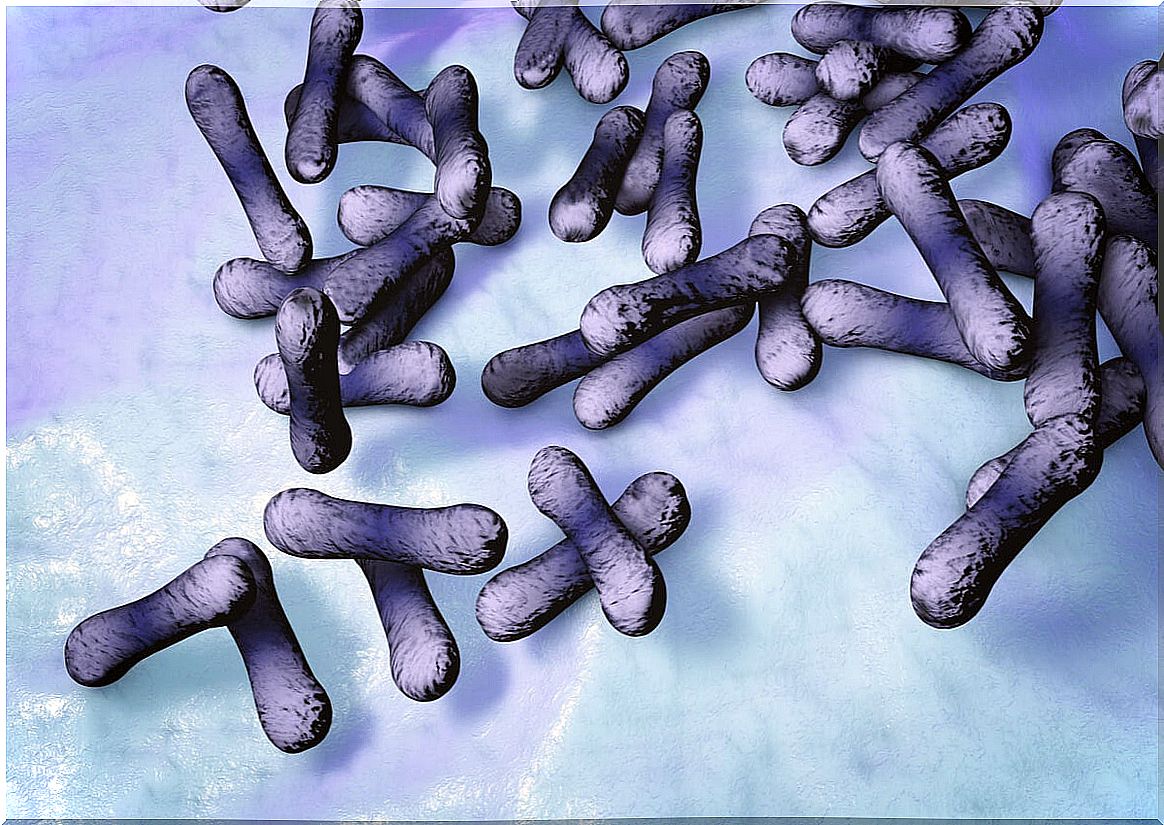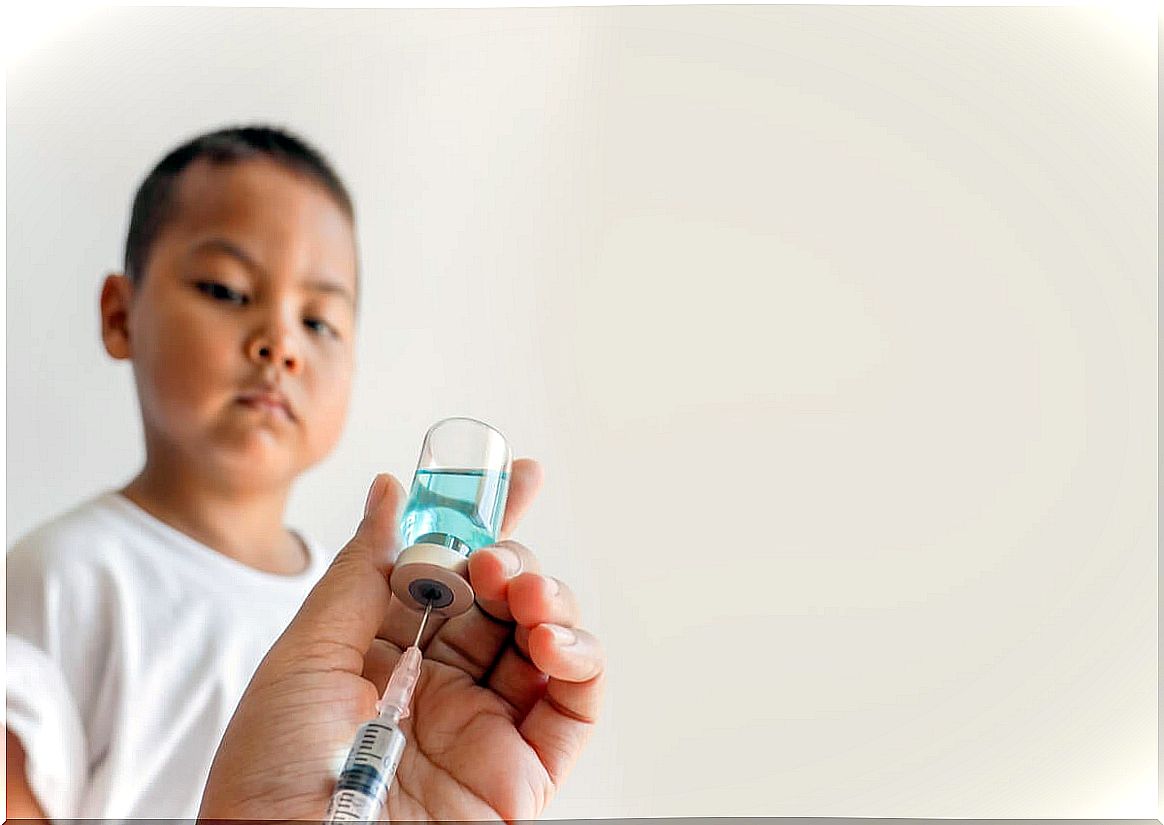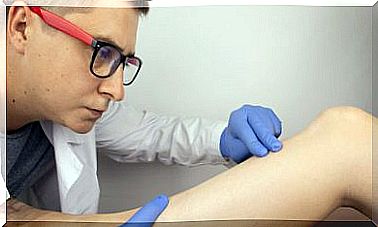Diphtheria: Symptoms And Causes
Diphtheria is an acute infectious disease caused by a toxin produced by the bacterium Corynebacterium diphtheriae , a Gram-positive rod that grows in the presence of oxygen (ie, it is aerobic). According to various bibliographic sources, throughout history this pathology has been the cause of many deadly epidemics.
Due to the aggressive clinical picture and the global epidemiological situation of this disease, it is necessary to recognize all its features. Therefore, here we discuss the symptoms and causes of diphtheria.
Global situation
The Association of Foreign Health Physicians (AMSE) provides us with certain relevant data about this pathology and its worldwide distribution. Some of them are the following:
- At the beginning of the 20th century, diphtheria was the tenth leading cause of death in the world, with one million cases a year, of which 50,000 ended in the death of the patient.
- Since the introduction of the vaccine (in the 1940s), the incidence of the disease went into decline, dropping by as much as 90% by the year 2000.
- In the period between 2011 and 2015, India reported the highest number of cases in the world, with 18,350 patients detected.
- In 2018, the global figure was around 16,600 cases, although it is estimated that there are more due to the lack of diagnosis.
As we have seen, this pathology no longer causes the massive waves of death reported in various informational portals (such as the 206,000 cases in the United States in 1921, of which more than 15,000 ended in death), but it is still present in our society . Here are the typical symptoms and treatment of diphtheria.

Diphtheria: symptoms and causes
As we have said previously, this pathology is caused by the microorganism Corynebacterium diphtheriae. It is curious to know that for this bacterium to produce the exotoxin that is so harmful to humans, it must be infected by a lysosomal phage b (that is, a virus that only affects prokaryotes, such as bacteria).
This diphtheria toxin, once the infection occurs, can be transported in the patient’s bloodstream, causing a characteristic clinical picture of varying severity. We expose it to you below.
Symptoms
The World Health Organization (WHO) and the aforementioned portals collect the symptoms of diphtheria. It is necessary to know that the clinical picture begins to express itself after 2-5 days of infection, and can vary from mild to severe. In general, the potency of the effects tends to appear gradually. The most common symptoms are the following:
- In the first days: fever, lack of appetite and sore throat.
- Appearance of one or more grayish membranous plaques (pseudomembranes) in the pharynx, larynx, tonsils, nose and other mucous membranes. They are produced by the accumulation of waste substances, dead tissue and proteins related to the toxin. This makes it difficult for the patient to breathe.
- In the most severe cases (that is, the passage of the toxin into the blood), myocarditis (inflammation of the muscle tissue of the heart), nerve damage, paralysis and kidney failure can occur. In these cases we speak of a mortality rate between 5 and 10%.
It is also necessary to emphasize that diphtheria can present in a cutaneous variant, characterized by the appearance of ulcers and itching on the skin. Although this does not usually result in any type of complication, it is careful.
Causes
According to the Centers for Disease Control and Prevention (CDC), this pathology is transmitted from person to person after inhaling infected droplets of saliva, which can be expelled by the host in coughs and sneezes. Infection is also possible by directly touching wounds and skin ulcers caused by the disease.
Treatment
It is especially important to emphasize that there is a vaccine against diphtheria. According to the WHO, all children in the world should be vaccinated against this pathology, because with three doses during the first year of life, lifelong immunity is obtained. It is estimated that 86% of the infants on Earth are immunized and the remaining percentage corresponds to underserved regions.
If infection has not been prevented, the CDC lists two effective approach methods:
- Apply an antitoxin to the patient that counteracts the effect of diphtheria toxin. This treatment is very important for people with an affected respiratory tract.
- Application of antibiotics to kill the bacteria itself.
After the first 48 hours of treatment, the patient usually no longer has the ability to transmit it to other people. That is why it is essential to detect cases early through visits to the doctor as soon as these pseudomembranes are perceived in the respiratory tract.

Diphtheria: what to remember?
As we have seen, this pathology is almost part of the past in Western countries, since most of us are vaccinated against it without even knowing it. Still, diphtheria remains a problem in certain world regions such as India, Indonesia, Nepal, or the Middle East.
For all these reasons, knowing the symptoms and causes of this disease is essential. In the presence of the aforementioned thick gray layer in the throat, visiting the doctor promptly becomes mandatory.








